Análisis del Aces EFI Killshot 2 – Nomadic Dyno
Disparo mortal Disparo mortal IIPrimeras impresiones
La primera característica que me llamó la atención: ¡ahora su forma y tamaño se ajustan a una base rebajada de filtro de aire de 14 pulgadas! Esto supone una gran mejora para vehículos como el mío, con una toma de aire alta y poco espacio libre bajo el capó.
Los conductos de mariposa tienen un diámetro ligeramente mayor; parece coincidir con el diámetro de los conductos de mariposa del Deuces Wild. Las mariposas están más bajas en el cuerpo de la mariposa; ahora sobresalen por debajo de la base del cuerpo de la mariposa a plena apertura del acelerador, al igual que en la mayoría de los demás cuerpos de mariposa y carburadores.
En el lateral, orientado hacia atrás, hay un puerto eléctrico verde que, como algunos ya sabéis, sirve para configuraciones de doble carburador cuádruple. ¡Son excelentes noticias para muchos! Tengo muchas ganas de probarlo.
Solo hay tomas de combustible en el lado sin conexión, lo cual no me afecta en absoluto, pero podría afectar a algunas personas dependiendo de la disposición.
Tiene un sensor interno de presión de combustible. Para mí, esto es genial. Si usas un sistema de inyección directa como el mío, verás lecturas de presión de combustible inestables debido a la forma en que se registran las inyecciones.
El arnés parece ser el mismo. No recuerdo si el arnés del KS1 tiene una salida para el sensor TPS, pero el del KS2 sí. Esto será útil para transmisiones controladas electrónicamente.
La unidad de control del motor (ECU) tiene el mismo número de pieza que la KS1, así que supongo que tendrán las mismas capacidades. No estoy seguro de si la configuración de doble carburador tendrá su propio número de pieza de ECU.
Después de realizar una instalación muy apresurada mientras el Cuda estaba sujeto al dinamómetro para otras pruebas, ajusté un poco la mariposa del acelerador e introduje una configuración predeterminada con el árbol de levas suave y la fuente de RPM del CDI, ya que controlo el encendido con el High Roller.
No modifiqué ni un solo parámetro. Ni siquiera terminé de ajustar las mariposas de admisión y el IAC durante varios días.
Aproximadamente un minuto después de alcanzar la temperatura de funcionamiento, la puse en el dinamómetro durante unos dos minutos para asegurarme de que la relación aire/combustible fuera segura para una prueba a fondo. Luego realicé tres pruebas consecutivas en el dinamómetro. Todas fueron seguras y el rendimiento fue bueno, a pesar de tener una mezcla algo rica. La primera prueba mostró la misma curva que mi Killshot 1 previamente ajustado; la potencia fue menor debido a la mezcla rica.
Luego llevé el coche a una exposición de coches al otro lado de la ciudad, con temperaturas de -1 °C y carreteras heladas, y lo volví al taller por una ruta panorámica, todo sin ajustar absolutamente nada (el IAC seguía sin ajustar). Grabé algunos vídeos acelerando desde parado hasta tercera.
Lo que aprendí de esto: No pude hacer esto cuando instalé Killshot 1.
El KS2 tenía una respuesta del acelerador notablemente mejor de fábrica y no presentaba problemas de calado al detenerse, a pesar de que las mariposas del acelerador estaban demasiado cerradas. Seguía habiendo una ligera pérdida de potencia al acelerar bruscamente, pero se recuperaba y las ruedas patinaban. Para circular normalmente, era bastante bueno de fábrica, aunque con margen de mejora.
Tras recopilar datos y vídeos, comencé a ajustarlo y afinarlo (y finalmente ajusté las mariposas de admisión/IAC). Esto supuso una diferencia significativa en la manejabilidad y la respuesta del acelerador con unos simples cambios en la tabla de ajustes y una buena puesta a punto de la aceleración. El KS2 respondió mucho mejor a los ajustes de la tabla de aceleración. Antes, tenía un problema de falta de respuesta por mezcla pobre que no conseguía eliminar, y después de un tiempo, prácticamente lo he erradicado.
Añadiré que lo conduje brevemente usando el KS para controlar el encendido mediante la bobina Blackjack y un distribuidor magnético. A pesar de ajustar la curva de encendido a la perfección con la del High Roller, la respuesta del acelerador no fue ni de lejos tan buena. No modifiqué el coeficiente de avance entre las tablas, pero eso no debería haber influido mucho, ya que los valores de encendido coincidían exactamente en cada rango de RPM entre las tablas, por lo que no hubo saltos en los valores de encendido.
High Roller provocó la destrucción instantánea de los neumáticos; al usar la sincronización KS2, hubo un pequeño problema antes de que los neumáticos se desprendieran.
Lo que más me sigue gustando es poder usar mi filtro de aire de base rebajada.
En general, diría que es una gran mejora con respecto al Killshot 1, pero aún presenta algunas de las deficiencias del KS1 en cuanto al control de la sincronización y la pérdida de respuesta del acelerador relacionada con la sincronización. En parte, esperaba una mejor resolución de la tabla 2D y ajustes de aceleración adicionales con un modelo nuevo y mejorado. Quizás estas características se incluyan en un Killshot "Pro" en lugar de un Killshot "II".
Bryant Stilwell
Dinamo nómada
Rapid City, Dakota del Sur
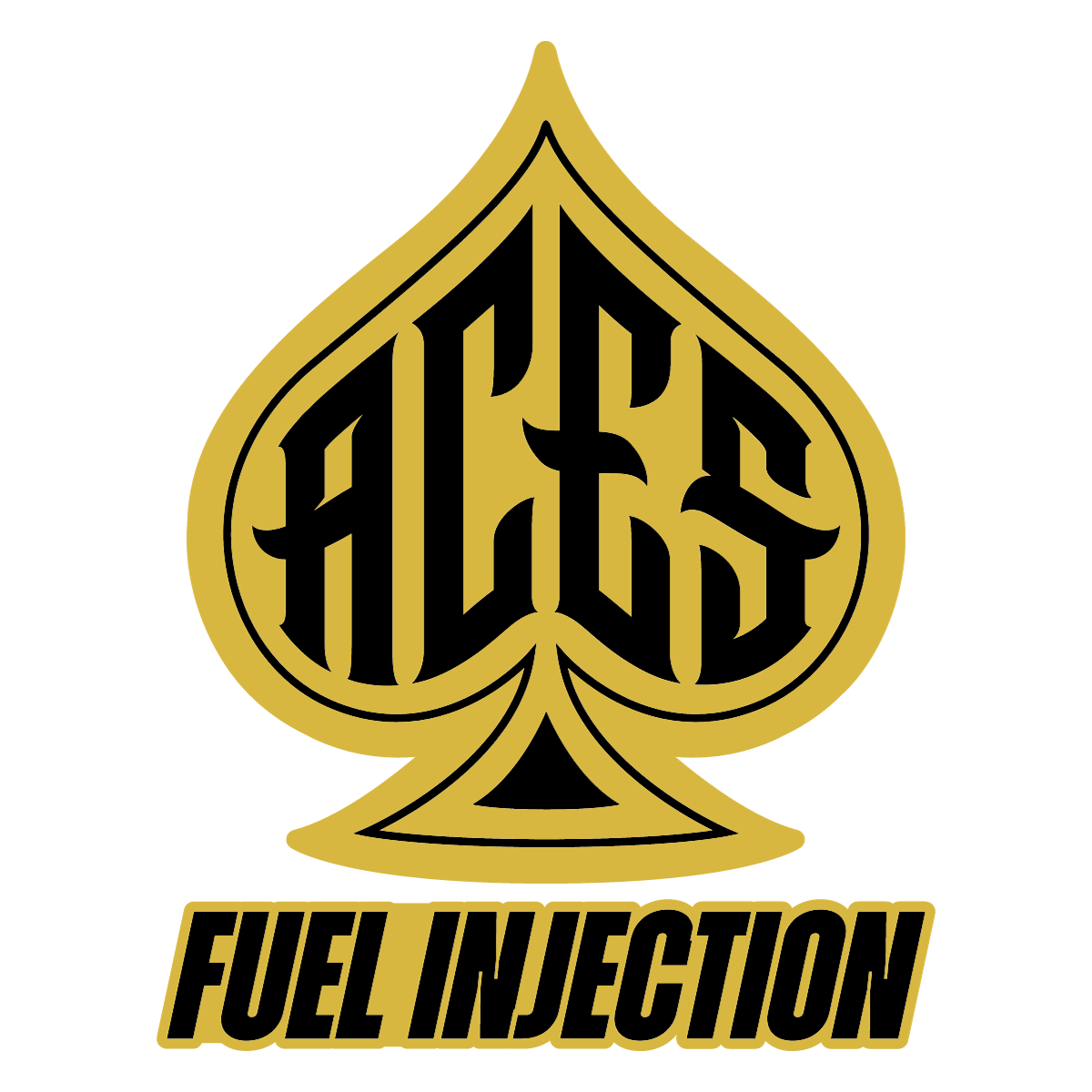
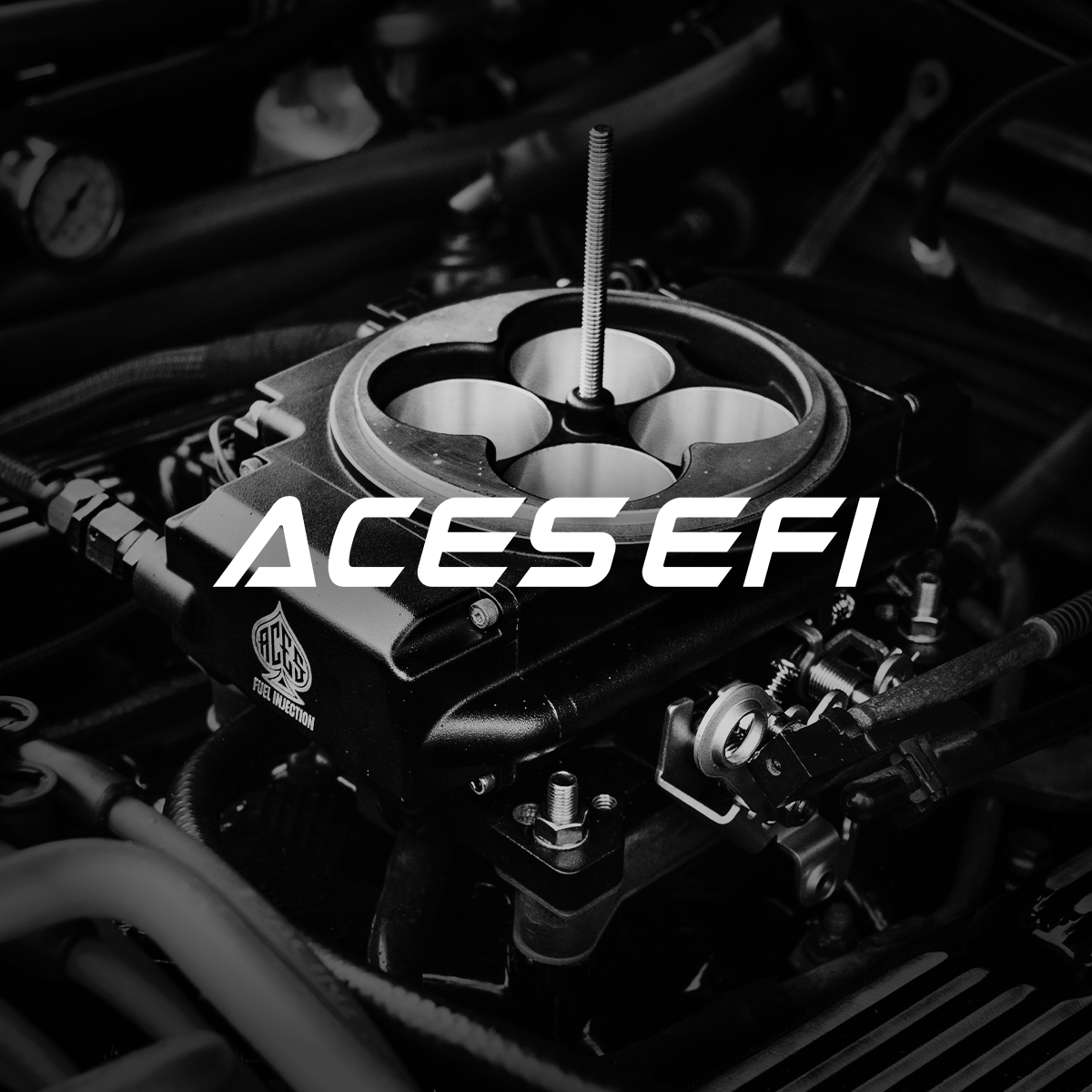
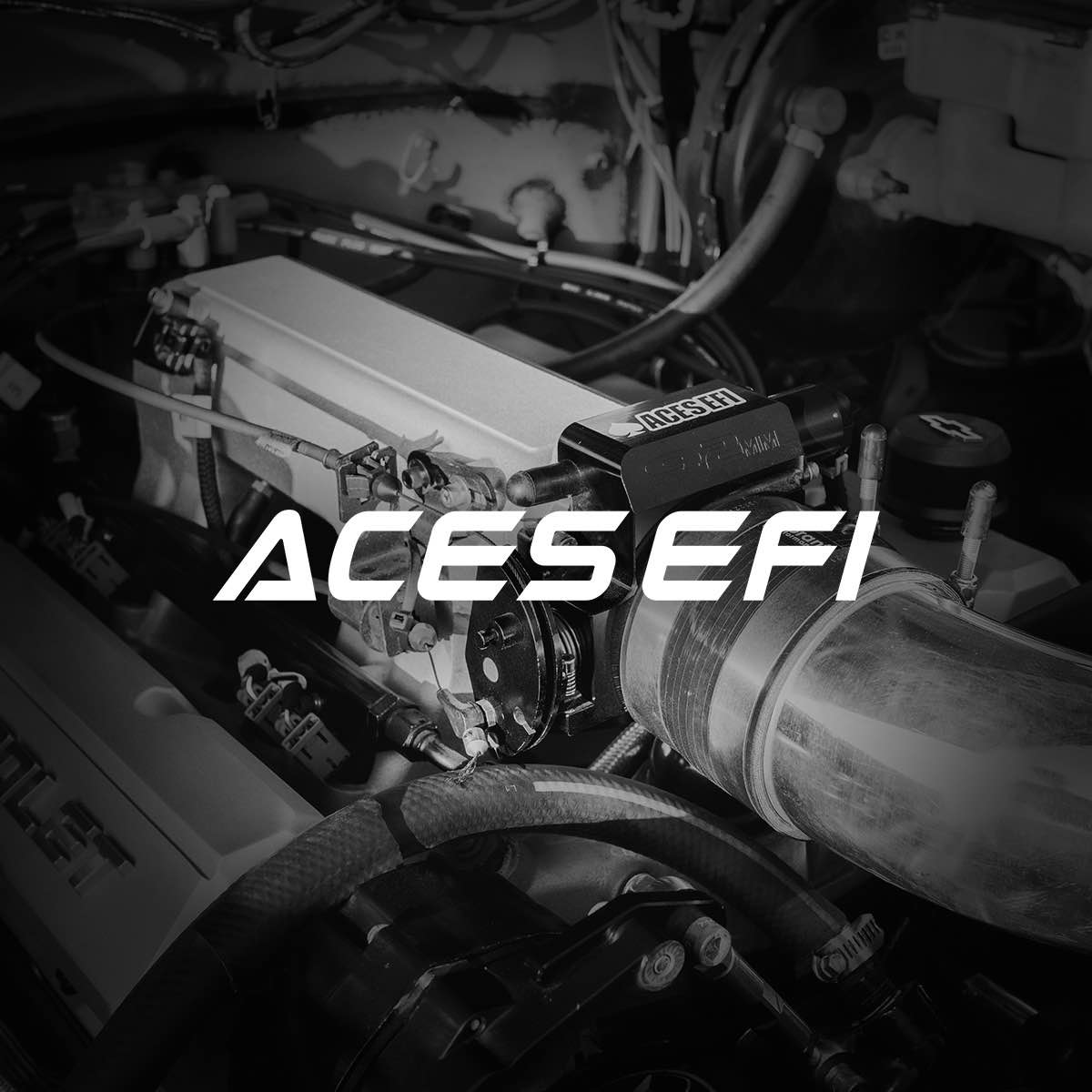
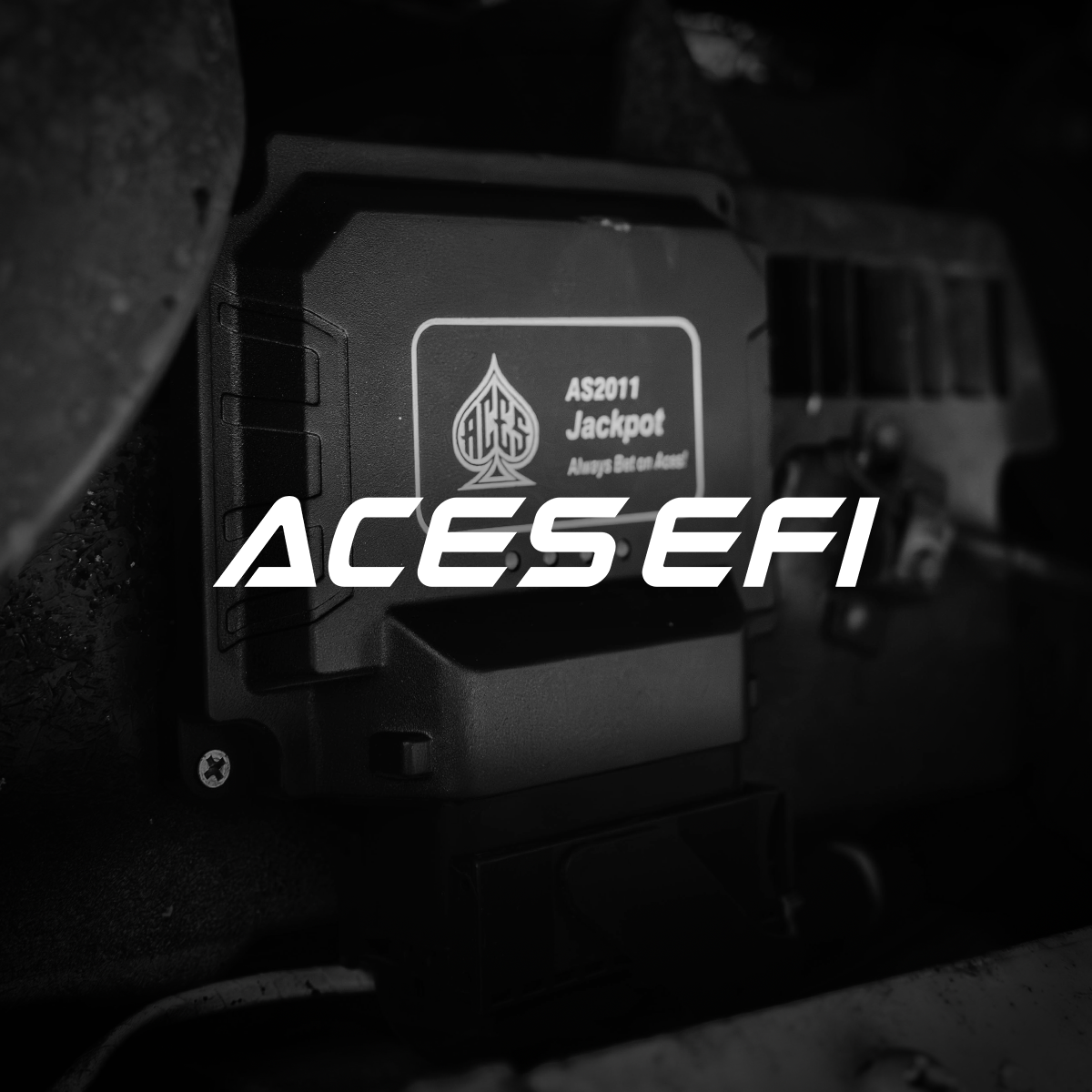
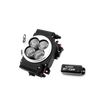
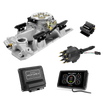
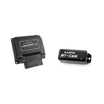
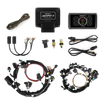
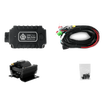
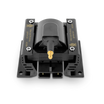
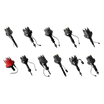
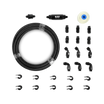
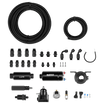
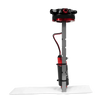
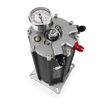
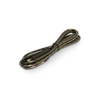
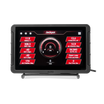
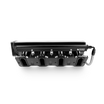
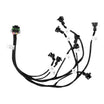
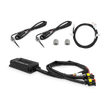
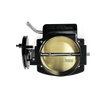
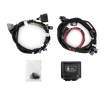
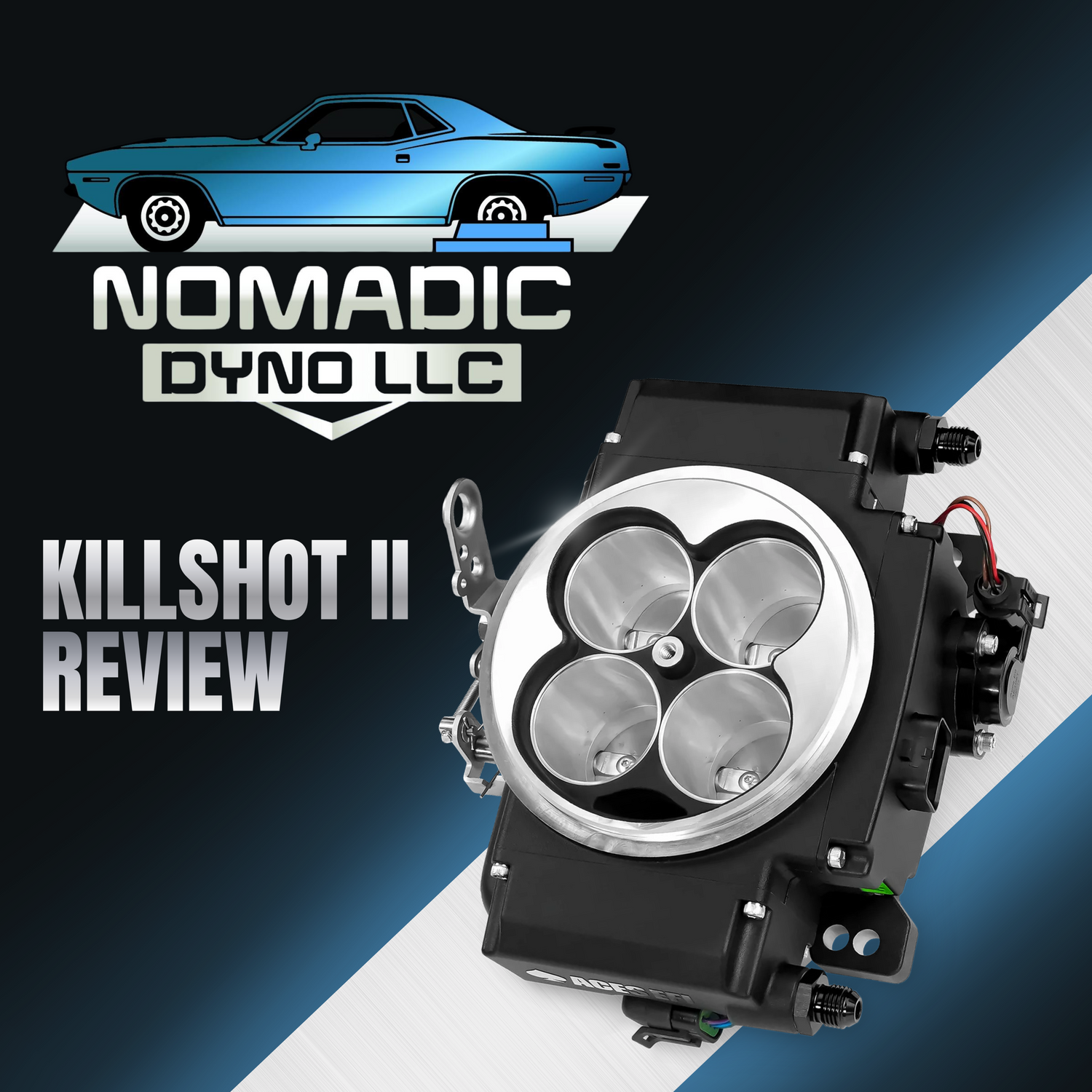


9 comentarios
Dejar un comentario
Este sitio está protegido por hCaptcha y se aplican la Política de privacidad de hCaptcha y los Términos del servicio.